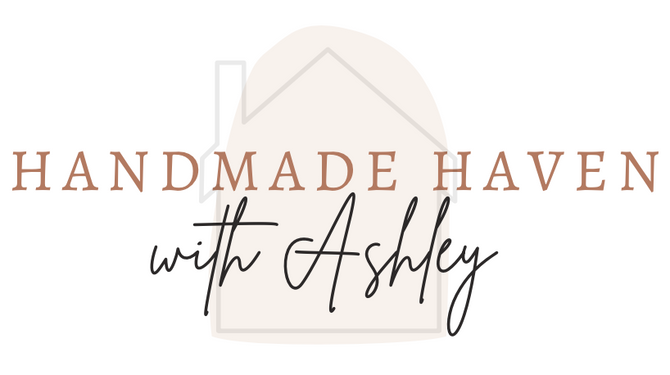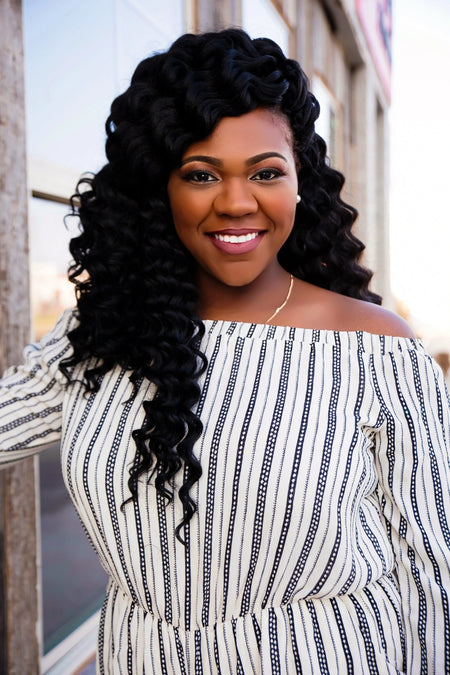"Painting a room with color doesn't have to be a puzzle, let the color wheel be your design compass."
I think it's safe to say that after nine years; color has become my thing. I love using bold colors and textures to bring life to a space but I recognize that everyone doesn't have the ability to do the same. So today, I am going to try and give you some helpful and practical ways to implement colors in your spaces using the color wheel.
Implementing Color Using the Triadic Color Scheme
 The Triadic Color Scheme simply consists of three colors evenly spaced out on the color wheel. You always have one dominant color and then two accent colors. The reason for this is because making all three colors dominant could get messy or overwhelming. Triadic color schemes are typically bold and vibrant, which is why it always works well for me in design. Now, I typically don't just pull out my color wheel during my projects, this kind of happens naturally in my brain. But, for those who need a little extra help. You can use this method when choosing your room colors.
The Triadic Color Scheme simply consists of three colors evenly spaced out on the color wheel. You always have one dominant color and then two accent colors. The reason for this is because making all three colors dominant could get messy or overwhelming. Triadic color schemes are typically bold and vibrant, which is why it always works well for me in design. Now, I typically don't just pull out my color wheel during my projects, this kind of happens naturally in my brain. But, for those who need a little extra help. You can use this method when choosing your room colors.Lets check out a few real life examples of how the triadic color scheme was implemented.
Here is a bedroom I designed using the Triadic color scheme. According to the color wheel, orange, green and violet are our complementing colors. As you can see in the photo to the left, green was my dominant color and orange and violet were my complimentary colors.

The fun thing about designing is that you can literally implement colors anywhere using any type of item. I decided to bring in my complimentary colors with blankets. It's hard to see but I actually have a purple blanket under the orange one. You can see that the orange blanket was a bold, but lovely contrast against the green walls.
Useful Tip: Black and/or white may also be present within the triadic color scheme because they serve as neutrals.
As you can see a lot of the additional elements in the room are white or black. If you are struggling with other pieces to add in, black and white is always a safe neutral. Adding textures is always a great way to elevate your design as well. Using the fur adding dimensions and it incorporates orange, black, and white, so it fits right in with the triadic color scheme!
These methods are here to help you, but don't let it stifle you!
I want to show you the next example specifically, because I want to show you how you can use the different color schemes but still make slight changes to make it fit.

Looking at the triadic color scheme above, you see that blue, yellow and red are complimentary to each other, but with this particular project, I did not want to use red. So I took a look at the wheel using the analogous method and realized that I could use purpl. The analogous color method is comprised of three colors that fall next to each other on the color wheel.
Here I used dark navy blue as my main color, and yellow and purple as my complimentary color and it works! This is to show you that you don't have to be chained to the color wheel exactly; and the more you practice mixing colors, the better you'lle get.

Now that you've got that down. Let's talk about the does and don'ts of implementing colors in a space. I have created some rendering below to help show some helpful tips when design a space.
According to the triadic color scheme, blue, yellow and red are compliments. Here is a designed room that implements these colors but it's not the best way to design the space. Now you may ask, why? It implements the triadic color scheme, and your'e correct it does. In order to elevate your designs, you should always use varying colors and shades of your chosen colors to implement a well-designed space.

Here is an example of the same room, but instead of using the blue, yellow, and red, I used varying colors and shades and through in black and white as neutrals.

If you notice this really grounds the design and brings balance. Instead of using the bright yellow, I used tan which is a form of a softer yellow and that balances the room out. This is a great example of how two dominant colors can make the space feel messy. Instead of using red for the big pendant and small pendant, I went with a lighter pink on the sconce to bring balance.
Remember: One color should be dominant and the other two just complimentary. There can only be one Beyonce!

Although we have many colors on the color wheel, there are so many varying colors and shades, so it would be a shame to not use them. I hope that these quick tips are helpful in your journey of implementing color and I look forward to seeing all of your lovely spaces! As always, thanks for tuning in. XOXO Ashley

